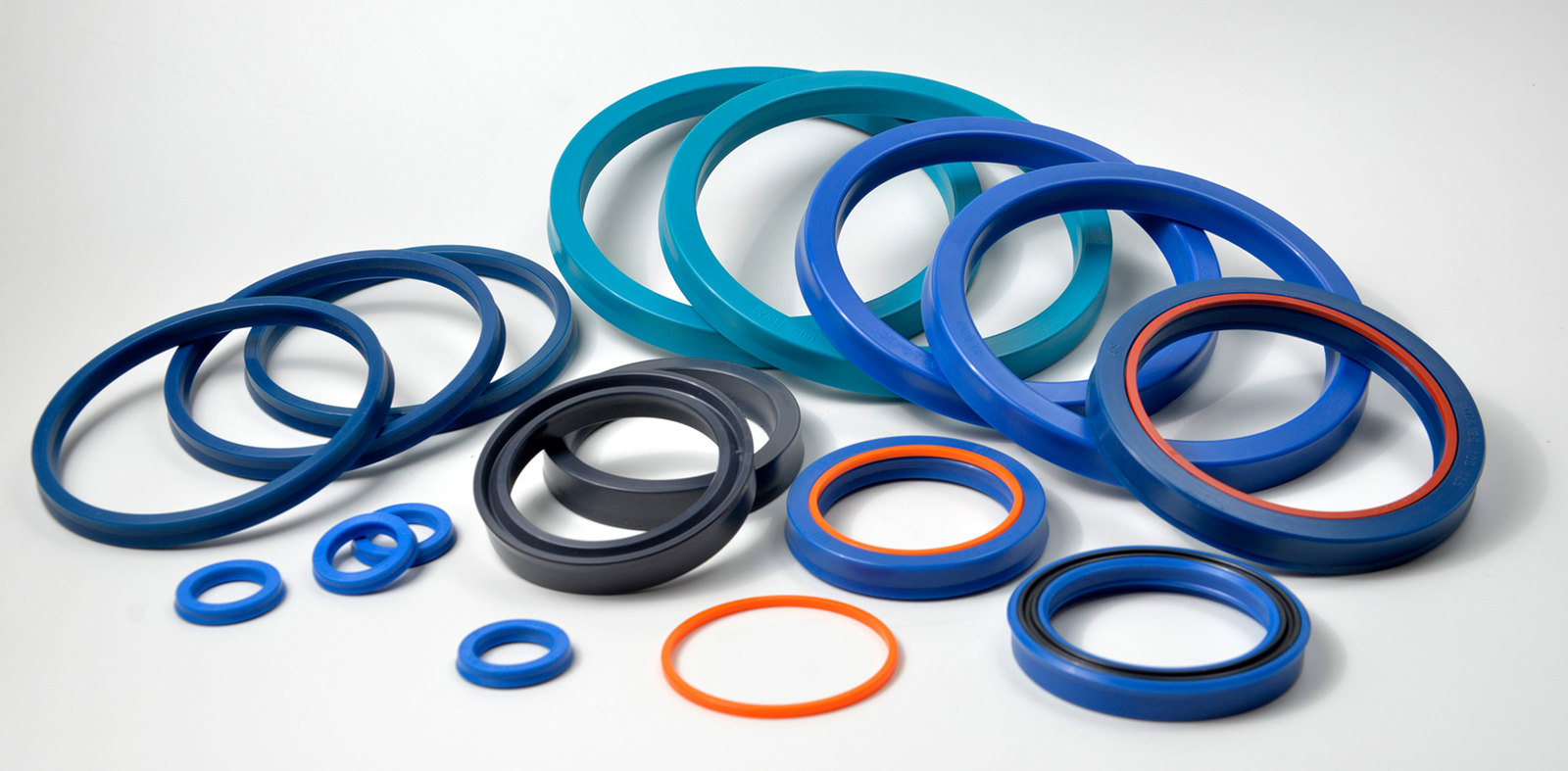read the article
How to Choose the Right Hydraulic Seal for Your Application
- By Pareliteseals
- 08/03/2025
- No Comments
- Architecture

Introduction
When it comes to the performance of hydraulic systems, the quality of hydraulic seals plays a vital role. A hydraulic seal is designed to prevent internal fluid from escaping and block external contaminants from entering the system. Used in various hydraulic cylinder seals and components, the right sealing solution ensures leak prevention, pressure retention, and operational efficiency. However, with so many options available from different hydraulic seal manufacturers, selecting hydraulic seals that meet your system's exact requirements can be challenging. Factors such as fluid compatibility, pressure, temperature, and system speed must all be carefully evaluated. In this guide, we outline the key considerations and share tips for selecting high-quality hydraulic seals from manufacturers.
Key Factors to Consider When Choosing a Hydraulic Seal
1. Fluid Pressure
Whether operating in light-duty or high-pressure environments, your chosen hydraulic piston seals must withstand a range of fluid pressures—without compromising performance.
- Low-pressure applications benefit from flexible, soft sealing materials.
- High-pressure systems require reinforced seals, such as PTFE or polyurethane seals, to avoid extrusion and failure. This is where experienced hydraulic seal manufacturers stand out—offering reliable pressure-resistant solutions across a wide range of applications.
2. Temperature Resistance
Hydraulic systems often operate in extreme temperatures. Choosing seals that can handle your system’s thermal demands is crucial.
- Low temperatures: Nitrile (NBR) and silicone-based seals are ideal.
- High temperatures: PTFE, Viton (FKM), and perfluoroelastomer seals offer excellent resistance. The best hydraulic seal manufacturers offer materials tailored for specific thermal conditions, ensuring durability across industries.
3. Speed
Seal wear is directly affected by the reciprocating speed of the piston rod. To ensure smooth performance, hydraulic cylinder seals must be chosen based on the stroke speed of the application. The faster the system cycles, the more critical it becomes to use high-performance seals from reputable hydraulic seal manufacturers.
4. Fluid Compatibility
Material compatibility with hydraulic fluids is essential to prevent swelling, cracking, or loss of sealing capability.
- Mineral oils: Best suited for NBR and Polyurethane (PU) seals.
- Synthetic or high-performance fluids: FKM, PTFE, and HNBR are more appropriate. A guide to hydraulic piston seals and cylinder seals from trusted manufacturers will often include detailed compatibility charts to assist in selection.
5. Hydraulic Cylinder System Dimensions
Every seal must fit precisely within its designated groove. When selecting hydraulic seals, consider rod and bore diameters, surface finishes, and seal groove dimensions. The differences between hydraulic seal manufacturers and their product offerings often lie in how well they support custom sizing and offer application-specific solutions.
A hydraulic seal is more than just a barrier—it's a performance-critical component. The right seal enhances equipment longevity, reduces maintenance, and boosts system reliability. And choosing the right one starts with knowing how to choose the right hydraulic seal manufacturer for your application.
Barbra Streisand
Types of Hydraulic Seals & Their Applications
Hydraulic seals are typically classified into two main categories:
- Static Seals – Used where no relative motion occurs, such as between the piston and piston rod or between the cylinder head and bore. Hydraulic seal manufacturers often provide a wide range of static sealing options for secure, pressure-tight joints.
- Dynamic Seals –Used where motion is involved—especially in hydraulic cylinders. Dynamic seals are further categorized:
- Piston Seals: Prevent fluid from crossing the piston. Common piston seal types include single-acting and double-acting designs.
- Rod Seals: Prevent internal fluid leakage around the rod and allow reabsorption of lubricant during retraction.
- Wiper Seals: Keep contaminants out while maintaining internal lubrication.
- Buffer Seals: Absorb pressure spikes and protect rod seals.
- Backup Rings: Reinforce primary seals and prevent extrusion in high-pressure environments.
- By consulting best hydraulic seal manufacturers, you gain access to proven designs for each of these critical functions.
Conclusion
Choosing the right hydraulic seal is key to maximizing system performance and lifespan. A poor selection can result in costly downtime, fluid leaks, and mechanical failure. By understanding your system’s pressure, temperature, fluid type, and dimensional requirements—and by working with reputable hydraulic seal manufacturers—you can ensure optimal results. From understanding the benefits of inverted wiper seal types in hydraulic cylinders to identifying the right piston seal types, the right guidance makes all the difference. Explore our range, consult our experts, and discover the best practices when working with hydraulic seal manufacturers.
Need help finding the right seal? Contact us today for tailored solutions from one of the industry's most trusted names in hydraulic sealing.
- TAGS
- #HydraulicSeals
- #SealingSolutions
- SHARE

